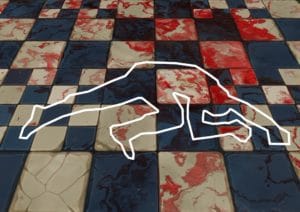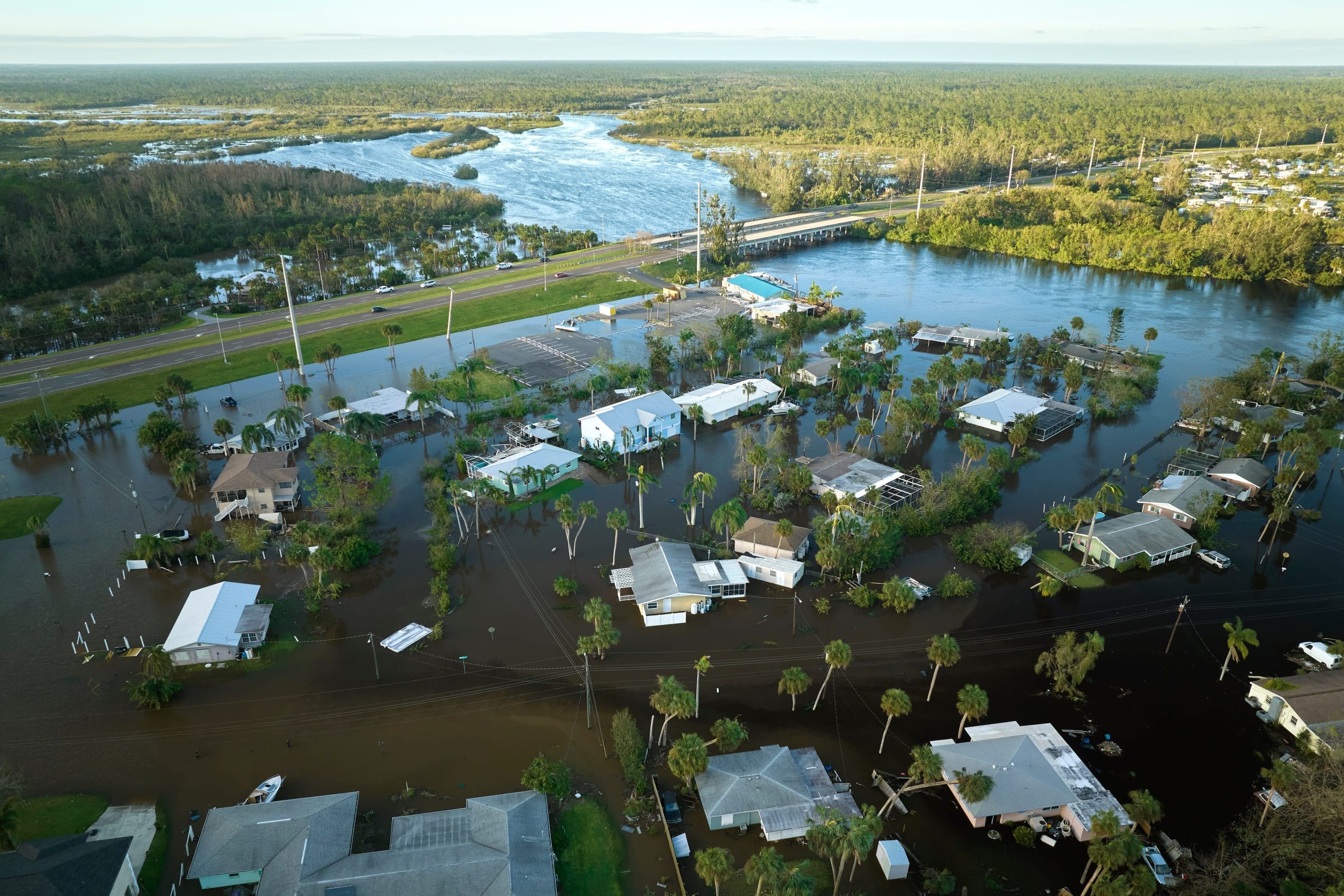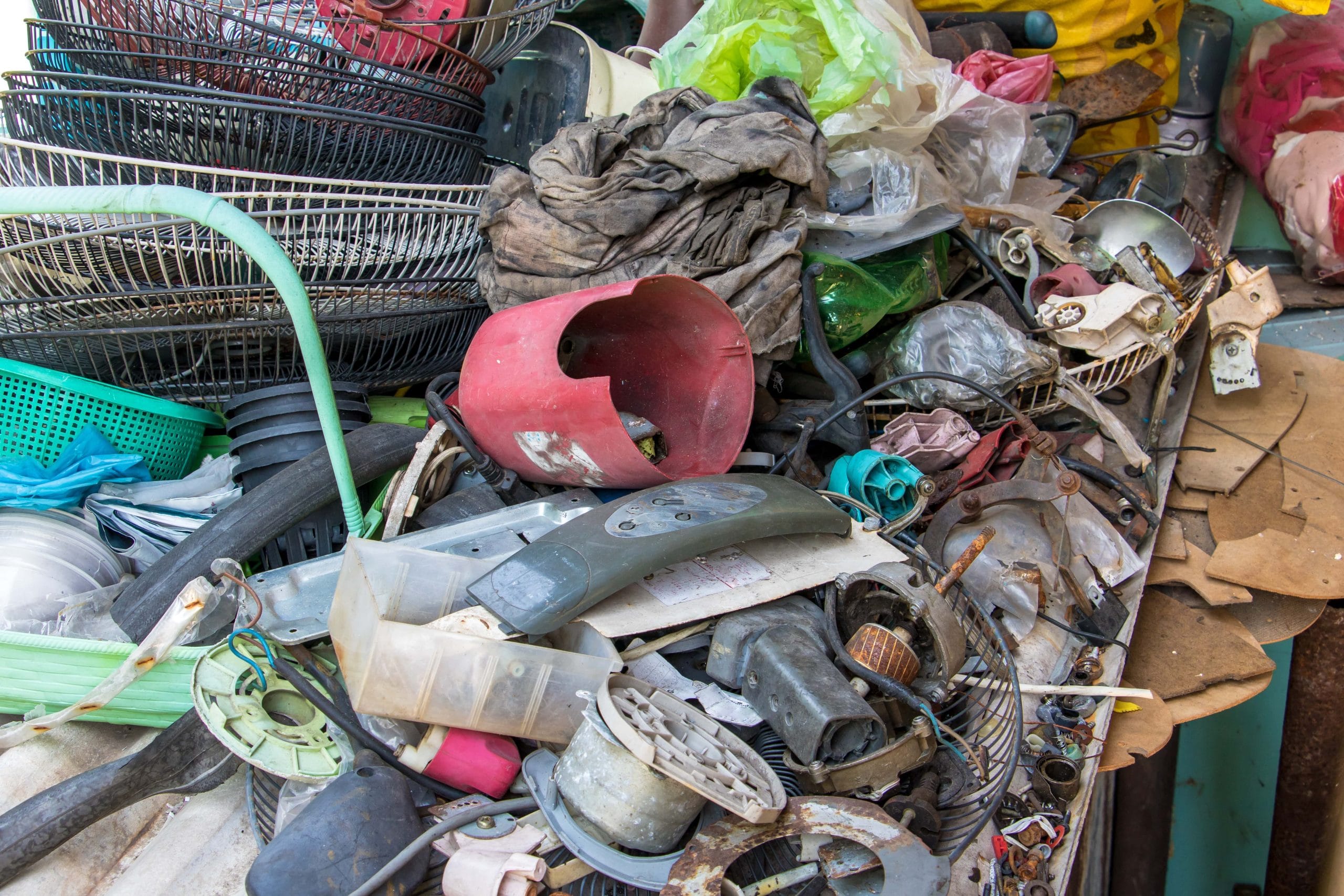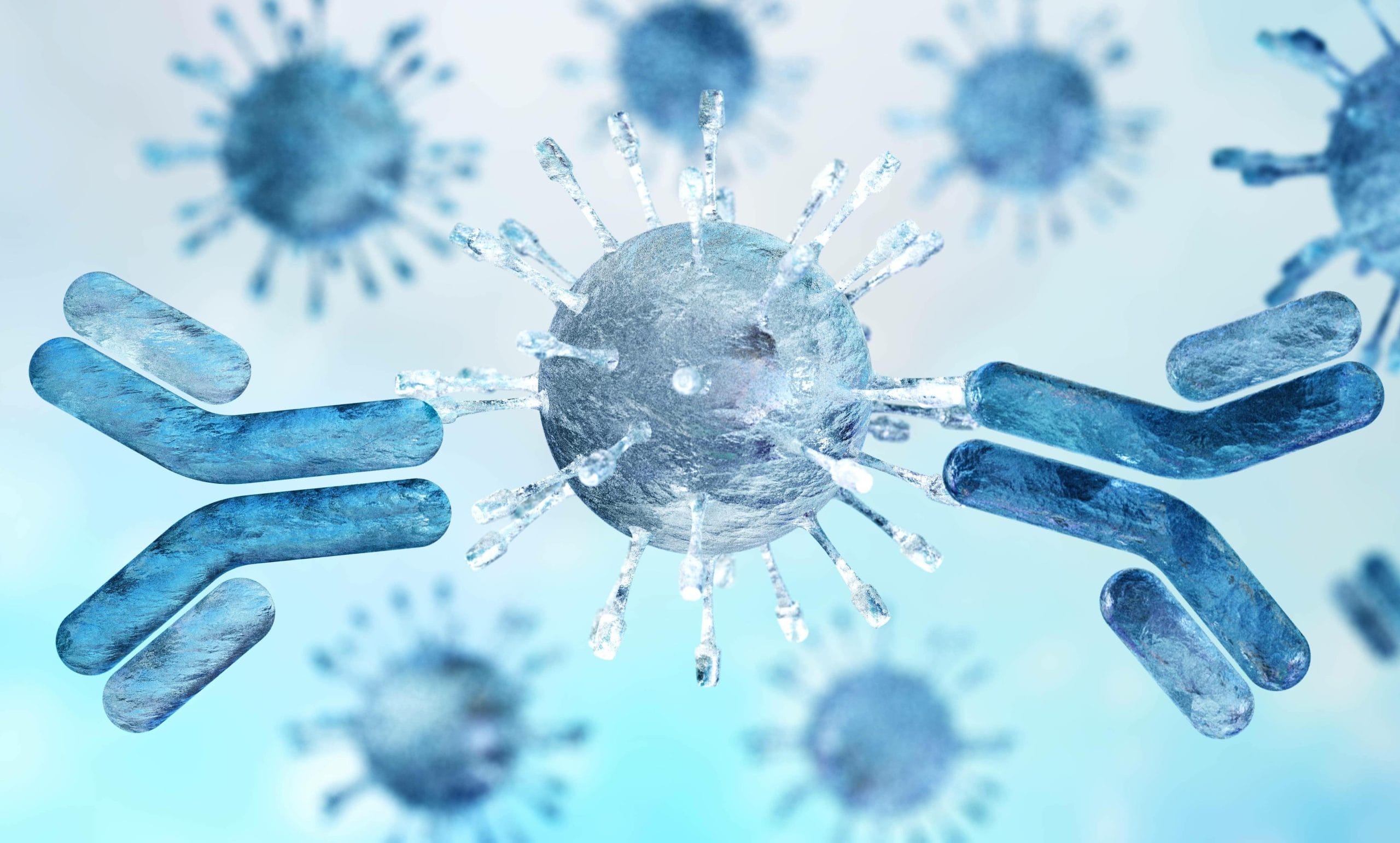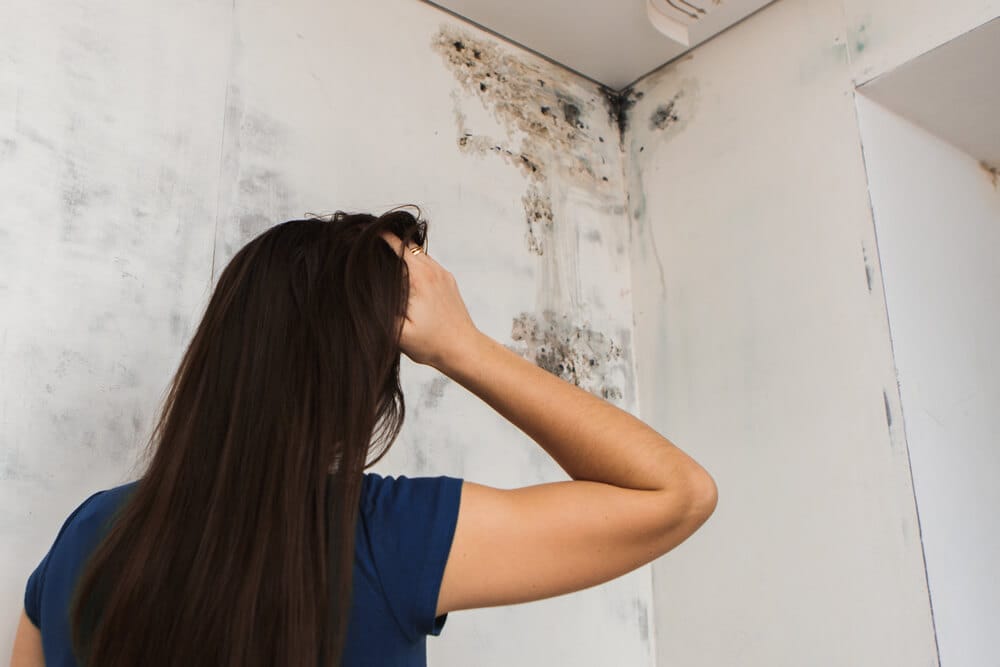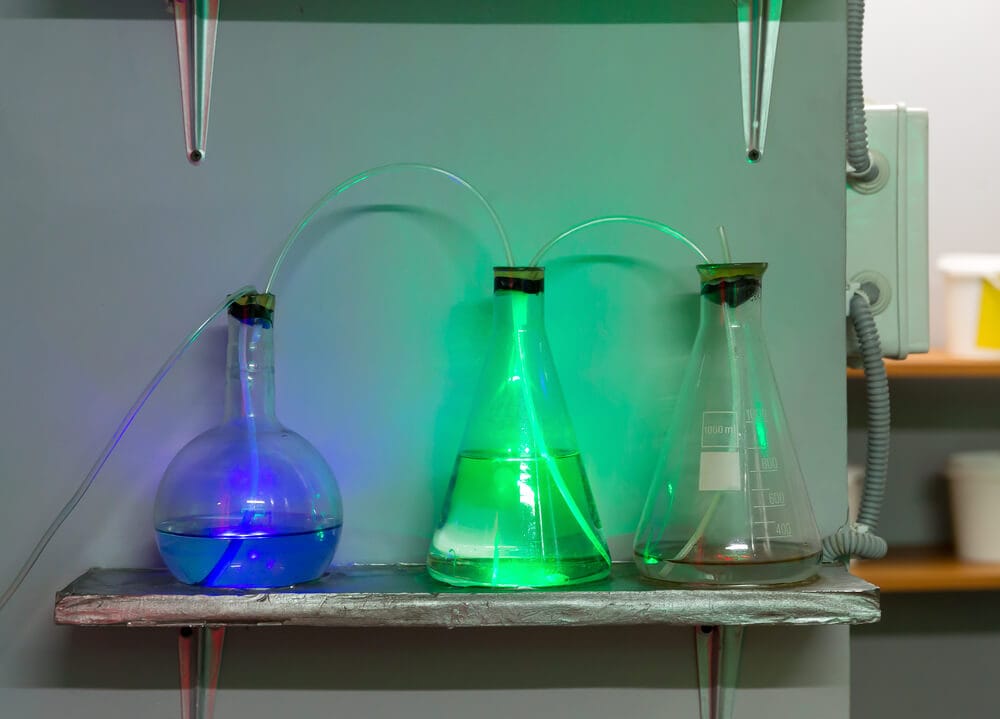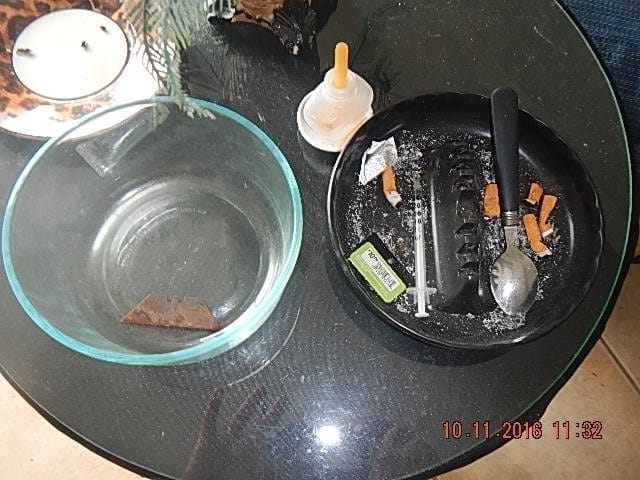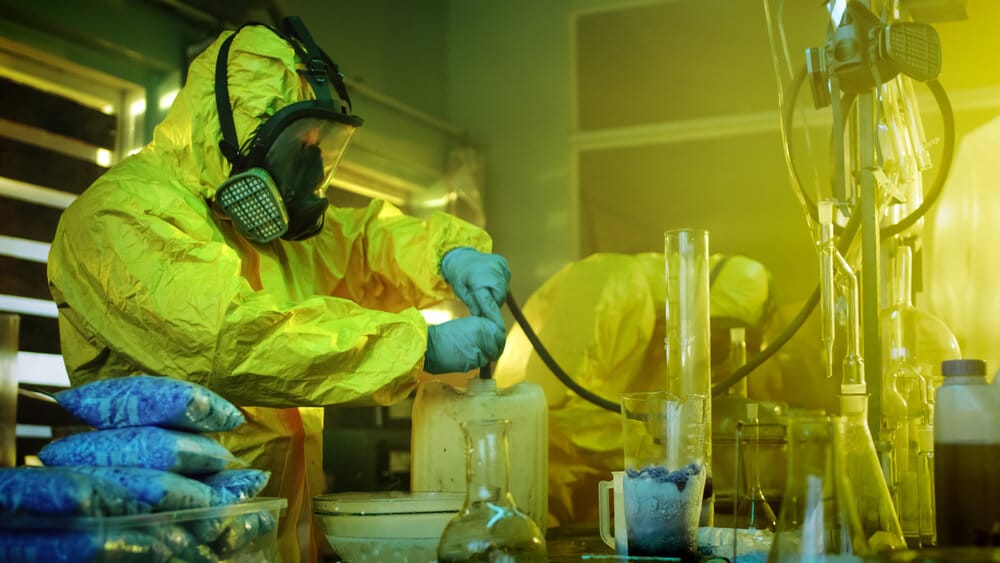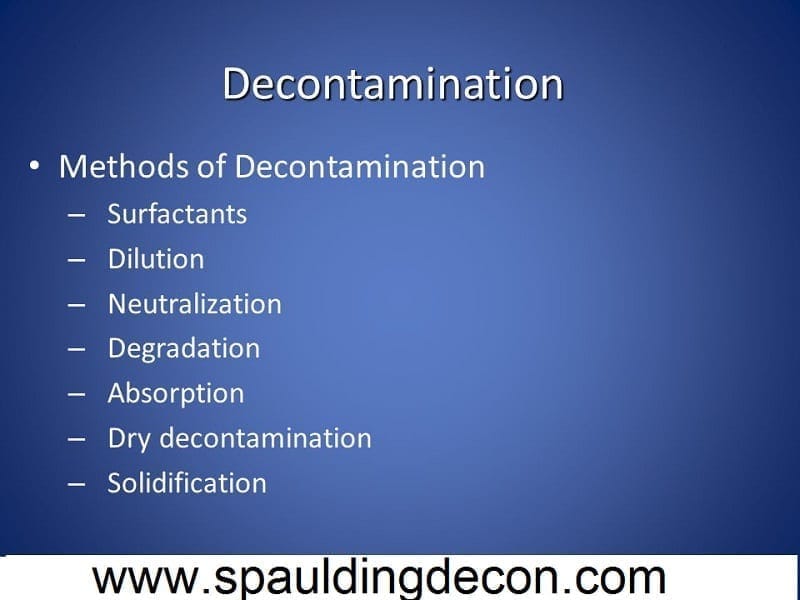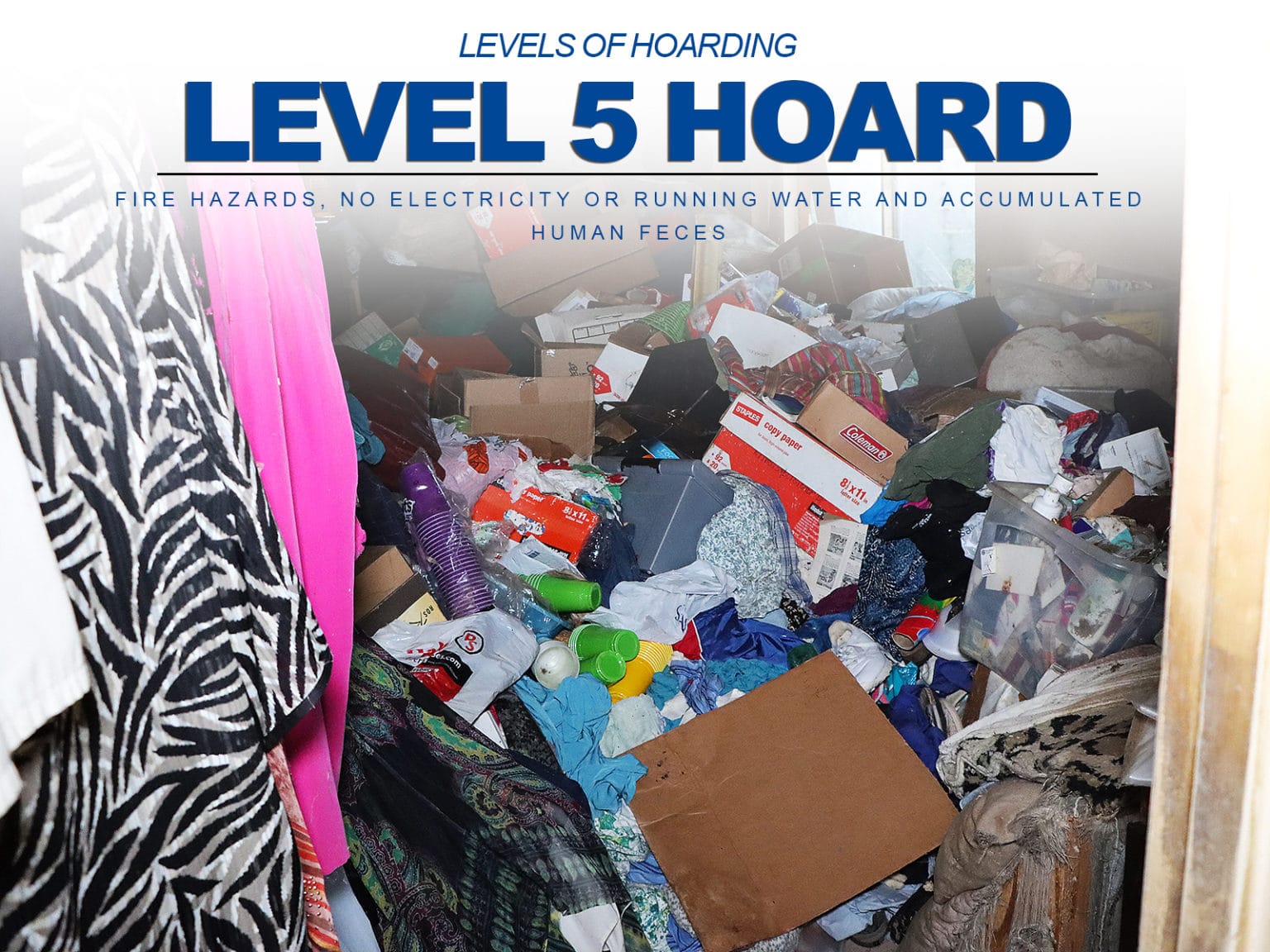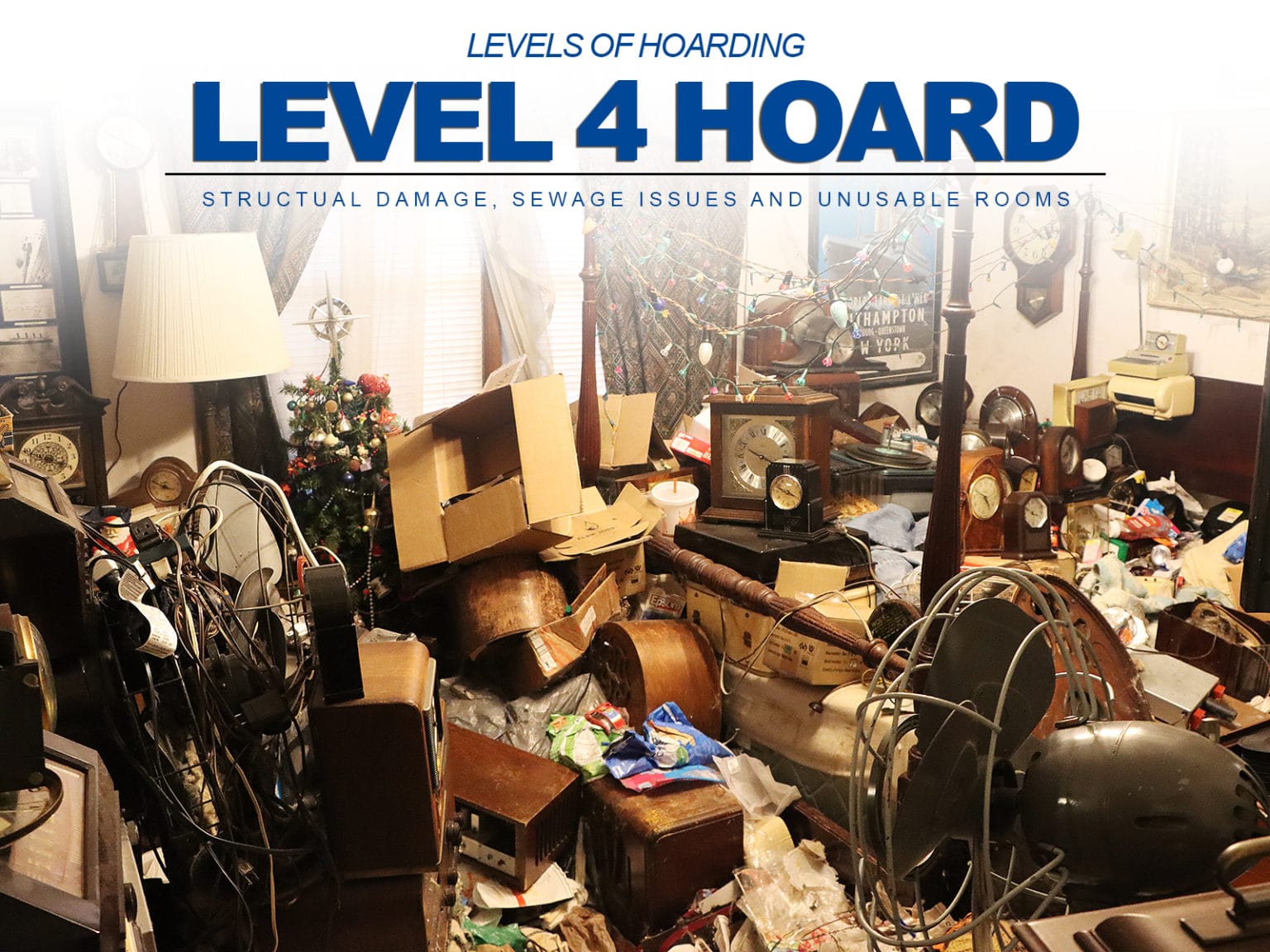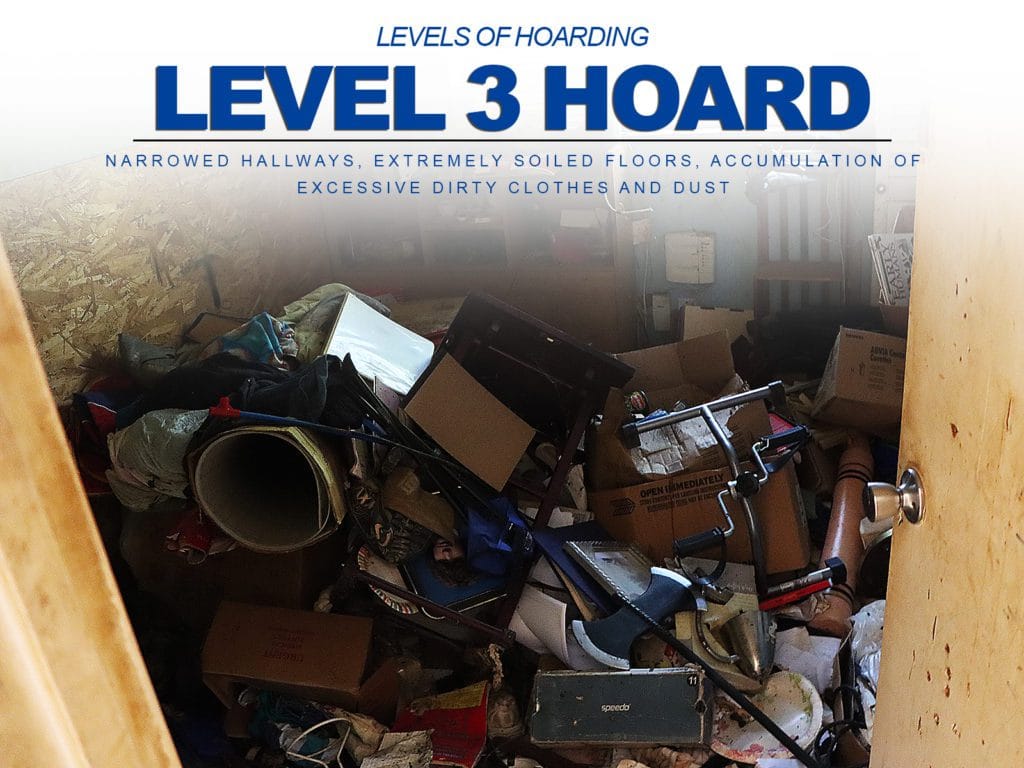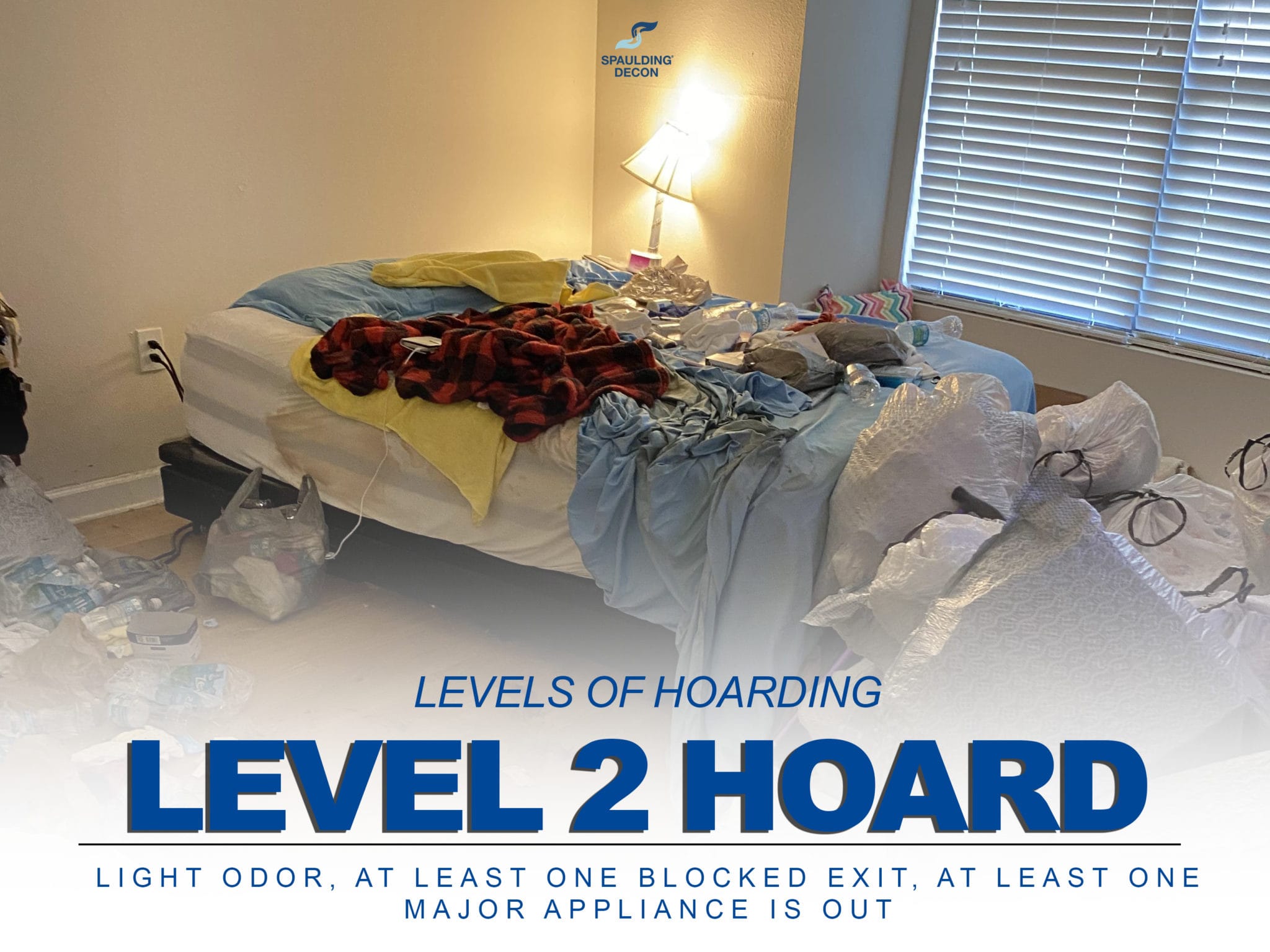Caregories
- Biohazard / Crime Scene
- Decontamination
- Drug lab cleanup
- Hoarding Cleanup
- Mold Removal
- News and Updates
- Rodent Infestations
- Tear Gas Cleanup
- Water Damage

What Causes Compulsive Hoarding?
Compulsive hoarding is a mental disorder that affects about 4% of the U.S. population. It is characterized by excessive saving of items that others may view as worthless, leading to clutter that disrupts living or work spaces. While there isn’t one main cause for compulsive hoarding, it can be triggered by various factors, including trauma,…

What Are the Requirements for Crime Scene Cleanup Companies?
Crime scene cleanup is a specialized profession that involves containing and disposing of hazardous biological waste, as well as cleaning and disinfecting crime scenes. Crime scene cleanup companies require employees to undergo specialized certification programs and training, including certifications and permits for transporting and disposing of biological waste. Employees must also undergo background checks and…

Water Damage Restoration Guide
Water damage can range from small leaks to all-out flooding, and can be caused by various factors including natural disasters, faulty pipes, and sewer backups. The IICRC S500 standard categorizes water damage based on the amount of contamination in the water and the amount of water that has affected the property. Category 1 water damage…

Unattended Death Investigation Process
Unattended deaths can be suspicious when foul play is suspected, and law enforcement will use forensic science and investigation techniques to determine the cause and time of death, as well as potential suspects. The first steps in finding an unattended death are crucial, including calling the police, moving away from the area, and securing the…

Types of PPE: Why Crime Scene Cleaners Need Hazmat Suits
Crime scene cleaners encounter a variety of biohazardous materials, including infectious diseases, blood, and bad odors. Personal protective equipment (PPE) is necessary to prevent contamination and exposure to health risks. The four main types of PPE used by crime scene cleaners are chemical spill boots, protective suits, disposable non-porous gloves, and face masks. Chemical spill…

4 Types of Hazardous Waste and How to Handle it Properly
Hazardous waste produced by businesses must be managed and disposed of properly in accordance with federal laws and regulations. There are different types of hazardous waste, including listed waste (categorized into F-list, K-list, P-list, and U-list), non-listed waste or characteristic waste (exhibiting hazardous characteristics specified by the EPA), mixed waste (containing both hazardous and radioactive…

The Signs of a Clandestine Drug Lab
Meth labs can hide in plain sight, and it is important to recognize the signs of a clandestine drug lab. Unusual ingredients in large amounts, propane tanks with corrosion around the valve, a strong chemical odor, glass cookware or frying pans with powdery residue, surprising ventilation techniques, and dead or burned grass on the lawn…

The Ins and Outs of Hoarding Cleanup
Hoarding disorder is a serious mental illness that makes it difficult for people to get rid of possessions, resulting in an accumulation of clutter that can be dangerous and unsanitary. Hoarding cleanup requires special equipment, protective gear, and professional services to safely remove and dispose of items, as there may be biohazardous materials present. It…

The Common Types of Blood-borne Pathogens Explained
Blood-borne pathogens pose a serious danger and can cause diseases like HIV, Hepatitis B and C, Clostridium Difficile, and MRSA. These pathogens can be transmitted through blood and bodily fluids and can lead to serious health issues. It is important to take safety precautions, such as wearing personal protective equipment, ventilating the area, and properly…

10 Signs of Mold: How to Detect Mold in Your Home?
Mold is a form of fungus that can grow and thrive in damp or warm indoor areas that don’t receive a lot of light. Visual and odor cues can indicate the presence of mold, such as dark stains on bathroom tiles or a musty odor in certain parts of the house. Mold can also cause…

Overcoming the Hoarder Mentality
Hoarding is a disorder where individuals have an inability to get rid of possessions, even when they have no value, leading to excessive clutter and unsanitary living conditions. Hoarders often suffer from excessive acquisition and difficulty parting with items. Hoarding can lead to serious health and safety risks, including fires, pests, air quality issues, and…

Meth Lab Remediation and Testing Guide
Methamphetamine is a dangerous synthetic drug made of toxic substances that can cause irreversible damage. Meth labs can be found anywhere and can be difficult to detect. Meth labs are dangerous due to the risk of explosion and the spread of toxic fumes and substances. Signs of a meth lab include shady-looking properties emitting pungent…

Meth lab cleanup training
Meth lab cleanup training is necessary for personnel working in decontamination, as it is a dangerous job due to the flammability of chemicals used in meth labs. Proper training includes education on different types of meth labs and precursor identification. We use safe and proven effective proprietary Meth-Away chemicals for effective meth lab cleanup, which…

Meth Lab Cleanup No Longer a Trademark
A Washington judge has ruled that the term “Meth lab cleanup” is generic and has not generated a second meaning, invalidating fraudulent trademarks obtained by Meth Lab Cleanup Company, LLC. Bio Clean of Washington took on the company after they were threatened with a lawsuit over using the term on their website. The ruling is…

Meth Lab Cleanup: All You Need to Know
Methamphetamine is a highly addictive and dangerous drug that can be produced in makeshift, poorly executed labs that pose a serious health and safety risk to those who come into contact with them. Exposure to meth residue can cause a range of physical and mental health issues, including liver damage, kidney failure, brain damage, and…

Meth Contamination: Why Are Meth Labs so Difficult to Repair?
Methamphetamine use is prevalent in the United States, and meth labs are highly toxic environments that require careful testing, cleaning, and remediation. Meth labs often contain dangerous chemicals and traps that can cause harm to anyone who enters without proper assessment by law enforcement. It’s important to recognize the signs of a former meth lab,…

Mention the Methods of Decontamination
Decontamination is a cleaning method used to prevent the spread of germs and bacteria. There are several methods of decontamination, including disinfection, ultrasonic decontamination, physical decontamination, sterilization, water purification, and antisepsis. Disinfection is the most common method and involves the use of chemicals, drugs, and special detergents to reduce the percentage of microorganisms in an…

Level 5 Hoarding Explained
Hoarding is a disorder characterized by the obsessive accumulation of personal belongings, animals, or trash. Hoarding can lead to life-altering consequences, such as financial instability and legal intervention. The National Study on Compulsive Disorganization created a scale to help classify hoarding behavior, with level 5 being the most extreme hoarding situation possible. Level 5 hoarding…

Level 4 Hoarding Explained
Hoarding level 4 is the second most severe level of hoarding, where multiple rooms are unusable, multiple exits are blocked, there are sewage issues, overpowering odors, large quantities of mold and mildew, and structural damage to the house that is at least 6 months old. There is also a large quantity of rotting food in…

Level 3 Hoarding Explained
Hoarding is a condition characterized by the obsessive and irrational need to keep excessive belongings and trash. The National Study on Compulsive Disorganization has developed a scale that defines the levels of hoarding to aid professionals and affected individuals in determining the severity of the problem. Level 3 hoarding is when the hoarder is unable…

Level 2 Hoarding Explained
Level 2 Hoarding is the second least severe category on the Clutter-Hoarding scale. Hoarders at this level start to become guarded about the mess and accumulation they can no longer hide. The indicators of a Level 2 Hoard include visible clutter, difficulty in cleaning the hoarded home, messy kitchens and bathrooms, blocked exits from the…



